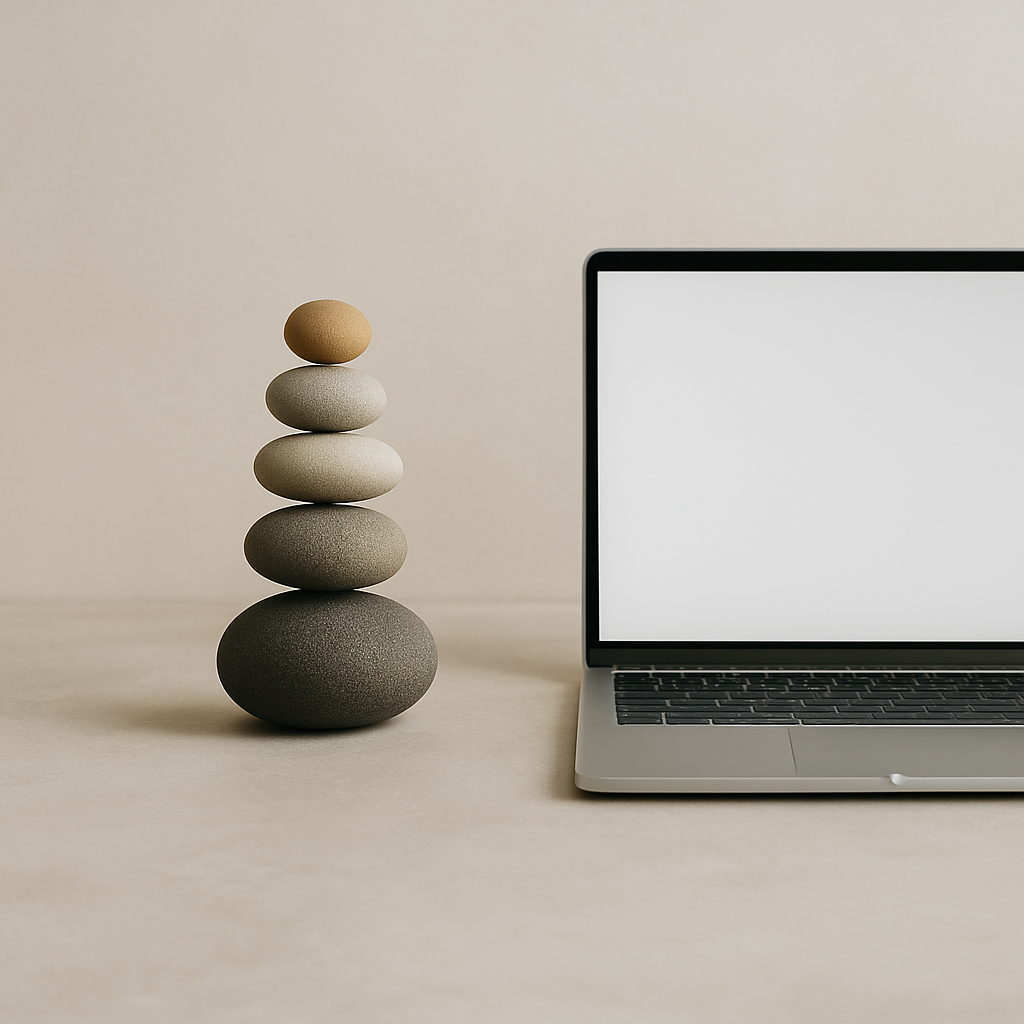
Origins of Telehealth: From Access to Burnout
Telehealth emerged as a promising innovation to reduce barriers to mental health services for rural and underserved populations. The COVID-19 pandemic catalyzed rapid adoption, with over 60% of all behavioral health visits occurring via telehealth at the peak of lockdowns (Koonin et al., CDC, 2020).
However, the initial benefits—such as flexible scheduling and no commute—evolved into new challenges: screen fatigue, lack of physical cues, and difficulty maintaining boundaries. Clinicians report higher rates of emotional exhaustion and “digital empathy gaps.”
Stat:
86% of psychologists reported conducting at least some teletherapy by late 2021 (APA, 2022).
Reading:
Koonin, L. M., et al. (2020). Trends in the Use of Telehealth During the Emergence of the COVID-19 Pandemic — United States, January–March 2020. MMWR.
APA (2022). Telehealth Use in 2021 and Beyond.
Prompt: What do you want your virtual presence to feel like?
Process: How do you set an intention before Virtual sessions?
Take a 5 minute body scan to check in and review the plan for the session. Breathe in and feel your body, considering where you hold anxiety, fear and anticipation of the session potential.
Setting intention can guide a person to choose how they will utilize cognitive empathy and resource the person, emotional empathy and keep space avoiding fatigue and set boundaries by paying attention to the needs of the person in front of you.


